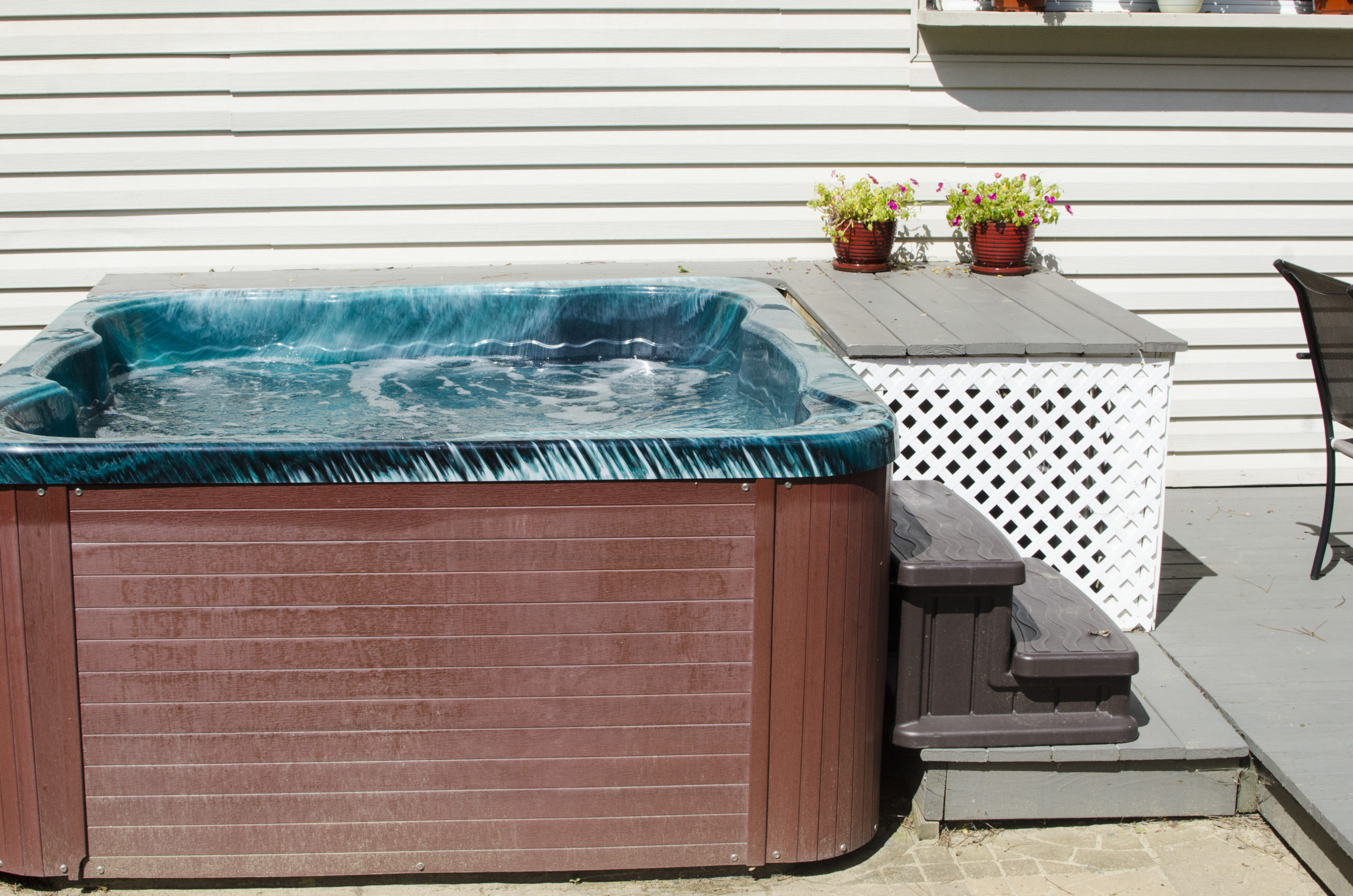
This post highlights three past client’s cases to demonstrate the common scenarios where Legionnaires disease can be contracted. This post examines the potential sources of exposure that exist in a day spa and waterpark settings. For more information on the possible dangers of hot tubs, check out our blog post about it. In February 2017, our clients contracted Legionnaires disease following a visit to a local Sauna and Spa. Within days of each of their visits, they began suffering from symptoms that eventually led to their Legionnaires disease diagnosis. The spa offered a variety of amenities including hot tubs, spas, saunas,…








